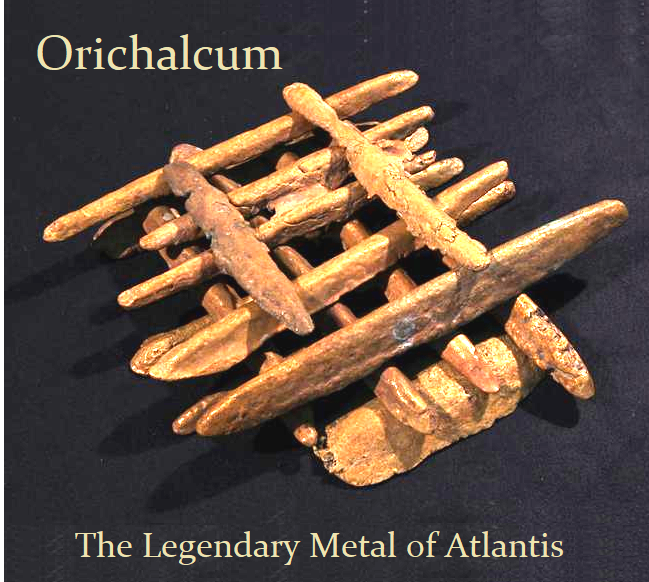Merchant Banking is where banks always began throughout history. Trading in the various commodities and engaging in import/export was the path to wealth from ancient times to the present. The takeover of Wall Street came from the commodity side where traders were born. It began with the Gold broker house of PhiBro who took over Salomon Brothers in 1981 and within 10 years they got caught rigging the US Treasury Bond auctions exactly like the LIBOR scandal. This is where the idea of transactional banking began. We have to comprehend that trading was one aspect that produced wealth, but it was the wealth that was created which remained idle giving rise to banking. Then these merchants typically created storage facilities to secure their excess wealth and then people would pay them to store their wealth as well. This was the origin of banking and it is vital to understand these elements for this was why Glass Steagall actually worked – it separated the trading from the lending.
Lucius Caecilius Jucundus was just such a merchant banker who lived in Pompeii around 20–62 AD. His house is still standing, and can be seen among the ruins of the city of Pompeii. The eruption of Vesuvius in 79 AD partially destroyed the home. The home is renowned for its beauty, for it was large and flanked by merchant stores, which he also controlled.
We know Jucundus was a banker by his bank bookkeeping and wax tablets, which were receipts recovered during excavation of Pompeii. Jucundus was a type of banker called an argentarius, which meant that he acted as a middleman in auctions. The word in Latin for silver was argentum so the term is derived from silver meaning he was bought as an agent for silver who would finance the transaction. The Pompeian argentarius would pay the vendor for the purchased item at auction and then grant the buyer a timeframe in which to repay him. Jucundus was financing goods and slaves for various small businessmen, whom had a few months up to one year to repay the loan to the argentarius.
Jucundus would receive both interest on the loan, as well as a commission (known as a merces) for acting as the agent or broker. Some argentarii, called coactores argentarii, also collected debt money in addition to making arrangements in the auctions, while other argentarii were assisted by coactores who collected the debts for them – the muscle so to speak. It is uncertain whether Jucundus was a coactor argentarius or simply an argentarius.
These tablets have provided detailed transaction information in recording the names of vendors and witnesses to the banking arrangements. The lists of witnesses also gives some insight into the social structure of Pompeii, since Jucundus had his witnesses sign in order of social status. Jucundus kept many private records of his business transactions on wax tablets, many of which were found in his house in 1875.
Of the 154 tablets discovered, 16 are document contracts between Jucundus and the city of Pompeii; the remaining 137 are receipts from auctions on behalf of third parties. Seventeen of these tablets record loans that he advanced to buyers of auction items. Banking during Roman times is different from modern banking for private individuals, not the major banking firms that exist today, conducted it. Since almost all moneylenders in the Empire were private individuals, anybody that had any additional capital and wished to lend it out could easily do so. The rate of interest on loans varied in the range of 4–12%.
The tablets are known as triptychs, pictured here with a beautiful woman of Pompeii writing on one. They have three wooden leaves tied together to make six pages. Wax was applied to the inner four pages, and the receipt was written on these surfaces. The tablet was then closed and wrapped with a string, over which the witnesses placed their wax seals. This prevented the document itself from being altered, and there was a brief description of the receipt written on the outside for identification purposes.
There are 154 wax tablets from his archive dating between 52–62 AD. These documents recorded the sums paid to those for whom he had sold goods or slaves on credit, and for rents on property he owned. Also recorded were his commission payments ranging from 1% to 4% paid in transaction arrangements or as a broker of sorts.
You will notice that the documents ended in 62 AD, yet the eruption of Vesuvius did not take place until 79 AD. A tremendous earthquake, before Vesuvius erupted, first hit Pompeii damaging many buildings. Jucundus’ documents end with that earthquake, which was curiously two 8.6-year cycles before the big eruption on 79 AD.
Jucundus was a merchant banker who made a lot of money as a merchant and then put his money to use in lending, financing, and brokering. Most people who seemed to earn great fortunes were always merchants in general. That is where the talent always emerged for trading. This is an ancient trade that people do not understand. There lies the talent to understand capital flows and follow the trend.













